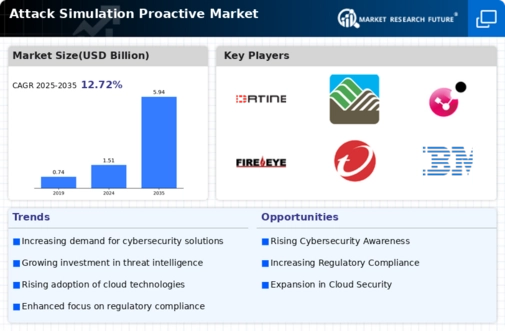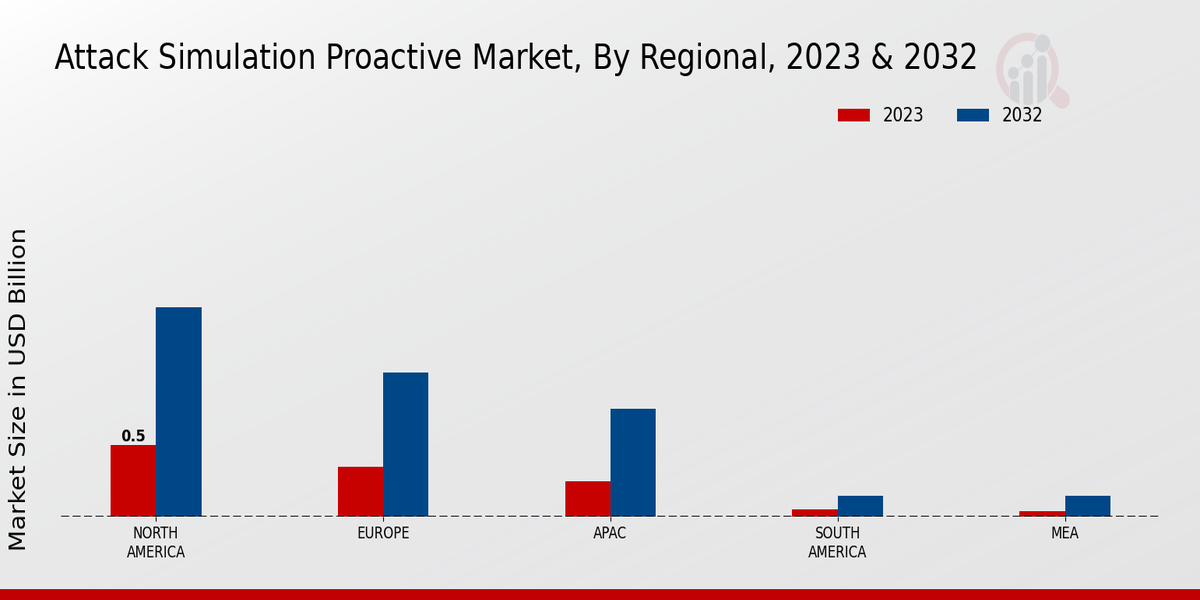The Attack Simulation Proactive Market is rapidly evolving as organizations increasingly recognize the importance of cybersecurity and proactive threat management. With the rising sophistication of cyber-attacks, the demand for robust attack simulation solutions has surged, leading to a competitive landscape filled with innovative vendors. This market is characterized by continuous advancements in technology, strategic partnerships, and an emphasis on predictive analytics, enabling companies to simulate potential threats and enhance their security posture. As businesses strive to address vulnerabilities and prepare for potential breaches, they are turning to these solutions to improve their security frameworks and maintain compliance with regulatory standards.
This has created a dynamic environment where companies are vying for market share by offering comprehensive and effective attack simulation capabilities.Fortinet stands out in the Attack Simulation Proactive Market primarily due to its strong technological foundations and comprehensive approach to cybersecurity.
The company leverages its extensive experience and expertise in network security to enhance its attack simulation offerings, ensuring they are in sync with the latest threat landscape. Fortinet’s integrated security platform facilitates seamless execution and assessment of simulated attacks, enabling organizations to identify weaknesses in their defenses efficiently. Additionally, the company's commitment to providing actionable insights and real-time analytics further strengthens its market position.
This dedication to continual innovation and user-centric solutions fosters a resilient cybersecurity environment, making Fortinet an attractive option for enterprises looking to bolster their proactive security measures.Rapid7 is also a significant player in the Attack Simulation Proactive Market, recognized for its forward-thinking approach and an array of integrated solutions.
Rapid7 offers a suite of products that empower organizations to conduct realistic attack simulations while prioritizing user experience and ease of use. The company’s focus on collaboration and community-driven intelligence allows clients to benefit from shared insights and emerging trends in the threat landscape, which enhances the efficacy of its simulation tools. Moreover, Rapid7 invests heavily in research and development to stay ahead of the curve in cybersecurity trends and effectively cater to its clients' evolving needs.
By providing comprehensive visibility into potential vulnerabilities and offering tailored recommendations, Rapid7 contributes positively to organizations’ proactive security strategies, making its solutions highly valued in the market.

























